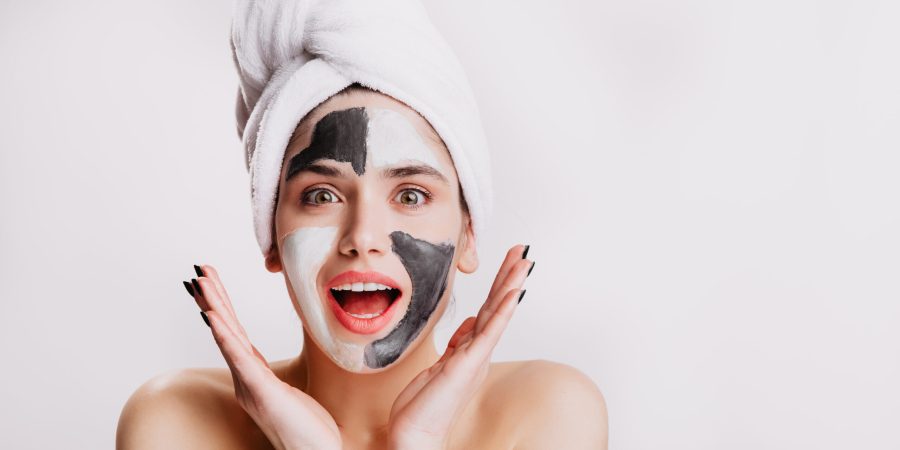
Fast, Effective & Affordable
Our Xeo laser hair removal is suitable for all different skin types and is tailored to each individual.
Menu
Our Xeo laser hair removal is suitable for all different skin types and is tailored to each individual.
Our treatments help you blossom your skin. Book an appointment today.
Helping you combat the early signs of aging. Book an appointment today.
Strengthen and tone your abdomen, buttocks, and thighs with the unique technology of truSculpt flex.
Reduce fat cells in stubborn areas around your abdomen and flanks with truSculpt iD.

Are you considering undergoing chemical peel treatments in Toowoomba? A chemical peel is a treatment designed to reduce the appearance of acne, scarring, wrinkles and sun damage.
There are different types of chemical peel. This blog will explore those types and learn how they work.
Chemical peels are cosmetic treatments involving using acids to exfoliate the skin. The acid helps remove any damaged skin cells across the concerned area. This allows the skin to heal with colour changes or minimal scarring if done appropriately.
Chemical peels can simulate two layers of the skin, including the epidermis and the dermis. The epidermis is the outer layer, and the dermis sits beneath it. This deeper layer contains sweat glands, nerve endings, and hair follicles.
Dermatologists may use chemical peels to decrease the appearance of fine lines and wrinkles or to address:
Three types of chemical peels dominate the market today based on how deeply they exfoliate your skin:
The right choice of chemical peels depends on the type and shade of a person’s skin and which concern they want to address.
Dermatologists suggest superficial peels if skin issues only affect the top layer of the skin, called the epidermis. Since superficial peels do not penetrate the deeper layers, they carry a much lower risk of side effects. Plus, the skin tends to recover quicker.
Dermatologists may often recommend medium-depth peels for:
Medium-depth peels take 7 to 14 days to heal. They often cause swelling that worsens for 48 hours after the treatment and may cause blisters.
Dermatologists do not usually recommend deep chemical peels. However, if your skin issues affect the deeper layers, you could consider laser therapy, which often provides better results than deep peels.
Sometimes, a dermatologist may recommend a deep peel if you have:
The side effects of chemical peels can be mild to none. However, some develop lasting adverse effects, such as:
The best way to avoid these side effects is to carefully visit an experienced dermatologist and follow the aftercare instructions.
Chemical peels are an excellent way to treat skin damage, leaving the skin with a more youthful or unblemished appearance. Contact our specialists at Drayton Cosmetics & Body Sculpting, who will recommend the most appropriate chemical peel, depending on your specific concerns and skin type.
© Drayton Cosmetics & Body Sculpting 2024
Website by GRIVITY